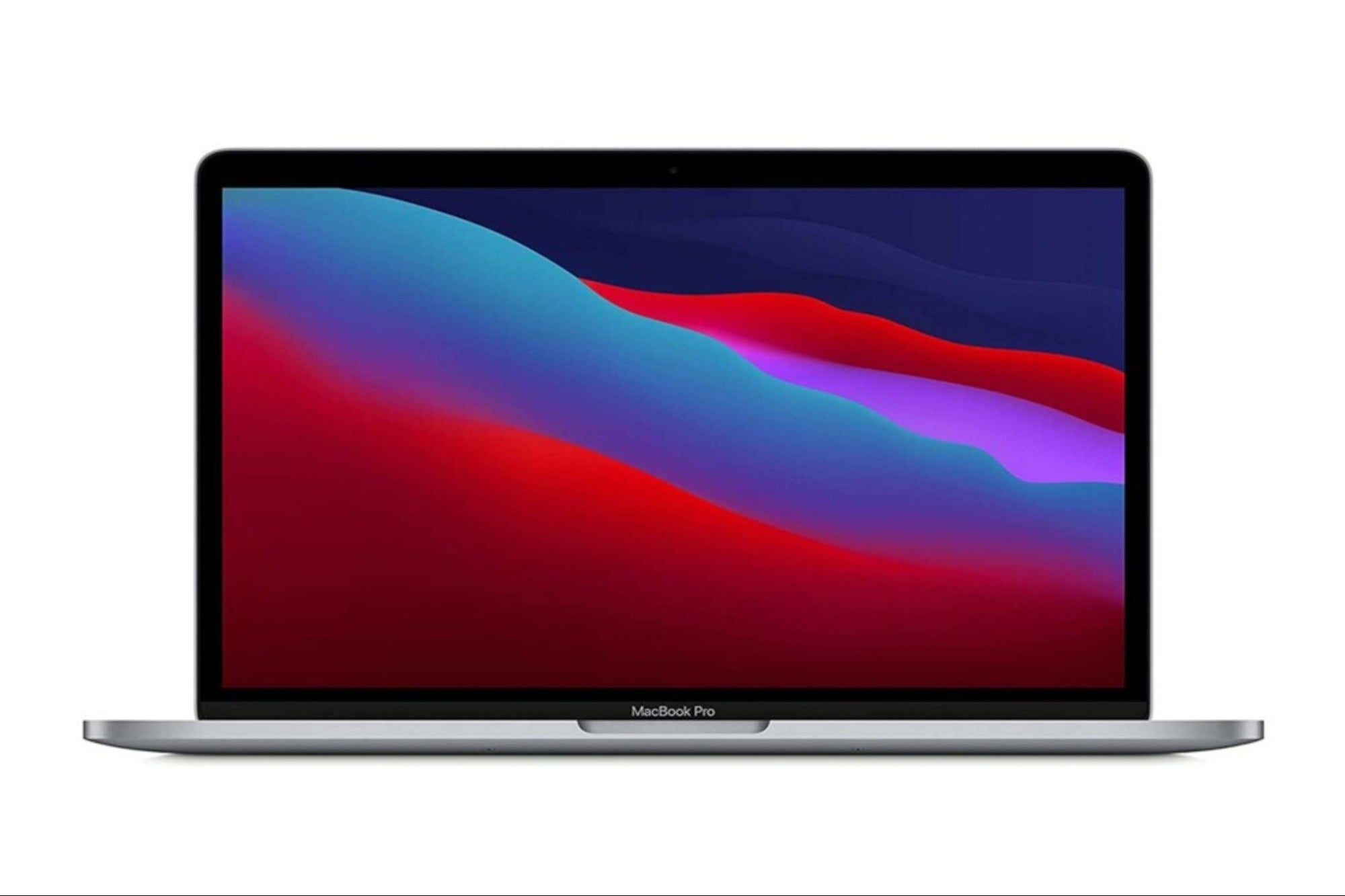Can the 'Freemium' Model Work For You? Here's How to Know. Offering 'freemium' products can be a smart way to acquire customers and build a lucrative business, but it's not the right move for every company.
This story appears in the June 2018 issue of BIZ Experiences. Subscribe »

When growing your business, it's important to figure out what model fits best for your business. Today, one popular strategy is the freemium model. Here's how to know if it's right for your business.
Q: I'm building an app, and I want to try a freemium model. Is this a successful strategy, or am I setting myself up for failure? -- Fabian, Sydney, Australia
Fabian, you're facing one of the biggest headaches of the digital age. Turn back the clock 30 years, and the idea of giving away your product for free was almost unheard of. Today it's a staple business model, used in some form by everyone from Dropbox to The New York Times to Match.com.
Related: 8 Up-and-Coming Businesses Capitalizing on a Forward-Thinking Business Model
So first, let's define the options. The paid model is simple. If a customer wants to use your product or service, they must buy. The freemium model has several variations. You can offer free trials for a period of time, or offer an entire product or service for free while selling add-ons or upgrades.
Generally speaking, freemium works in two scenarios. Number one: if it's combined with the launch of your company, because being "new" will bring some intrigue, and a free introductory version reduces barriers to entry. Number two: if your product or service is established and so loved by users that they'll pay for something before losing access to it. Take The New York Times, for example. When the publisher first introduced its digital pay wall, people were unhappy. But they wanted to read stories online. So they paid.
But deciding between paid and free models isn't just about what's appealing. It's about big-picture strategy. Think about your budget. If you can't afford to spend on marketing, a free offering can help acquire customers. Think about your competition. Is your product vastly better? If it's not, it doesn't matter what you're offering for free -- people would rather pay for something that works. And if your product is experiential, will customers feel like they can't live without it once they've tried it?
Related: 7 Actionable Steps to Craft a Lean Business Model
If your answers still point you toward freemium, here's how to build an infrastructure to support the model:
1. Be prepared to tweak.
If people are not signing up in waves, your offering isn't strong enough. But if your offer is so good that there's no need to pay to upgrade, the lights won't stay on very long. This is a delicate balance that requires a lot of user testing and a willingness and ability to pivot.
2. Know your value.
Years ago, LinkedIn had a problem: Customers didn't see why paying for its premium service would make their experience better. So LinkedIn added the ability to email and communicate with non-contacts, a clear value proposition that customers understood (and responded to). Dating sites hit upon a similar idea. Their free platforms work like window-shopping, but you can't step into the store unless you pay. (Want to see who messaged you? Enter your credit card here.) Just because you assign a value to a product doesn't mean the customer agrees with that value. Again, pay attention and pivot where needed.
Related: This Cow Illustrates 8 Business Models (Infographic)
3. Don't be lulled by early adopters.
The first people who try and pay for your service are probably not representative of long-term customers. Early adopters convert at higher percentages, so plan for an eventual dip in conversion as time goes on. And watch how you're generating leads. You need power users who'll act as salespeople, so if new leads are the result of other customers singing your praises, you likely have a winner.
No business model is foolproof, of course. But if freemium is right for you, you'll need to constantly innovate, iterate and evolve -- and then, hopefully, gain the traction you need to stand out in a crowded market full of other free products.












